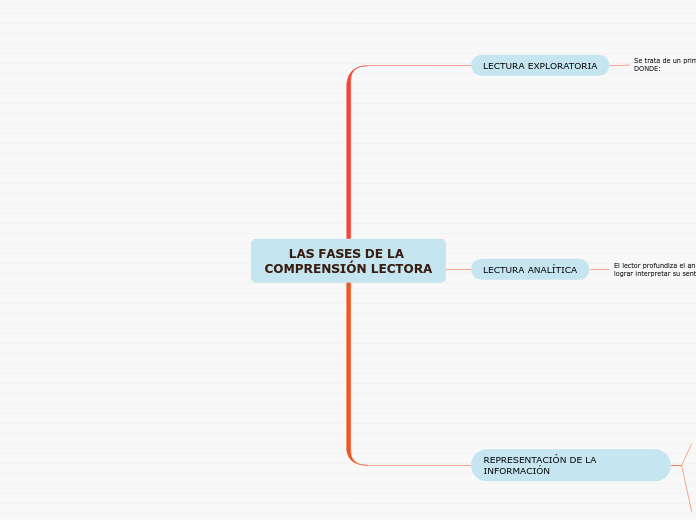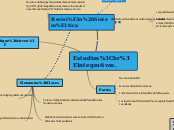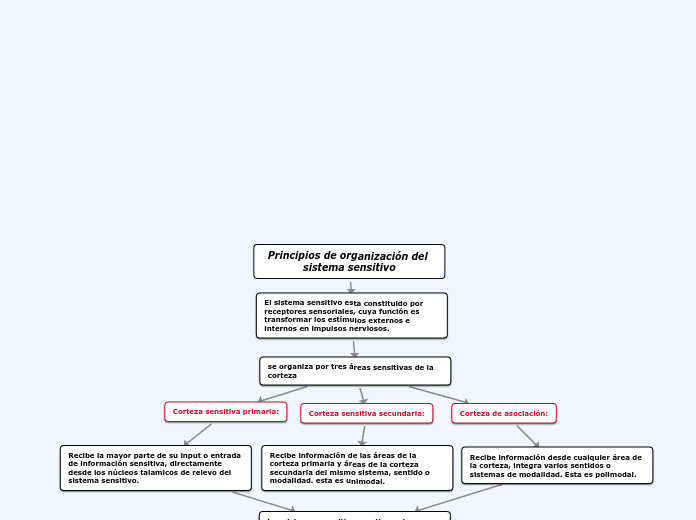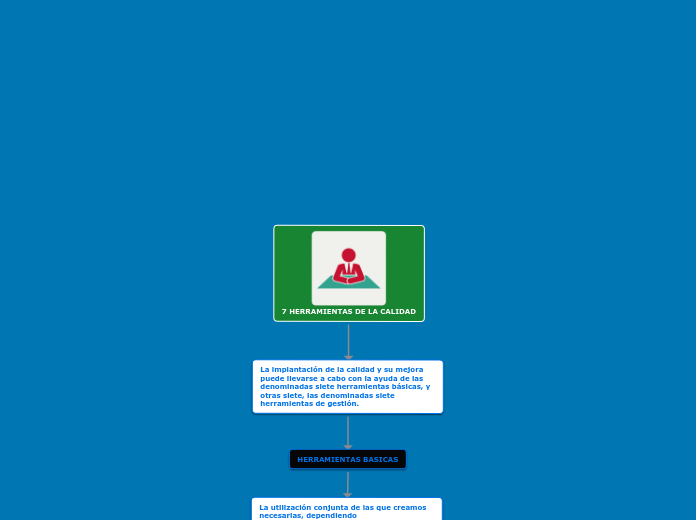LAS FASES DE LA COMPRENSIÓN LECTORA
To name your story, you have to think about the overall message and what you want your audience to understand from the story. Also, make it relevant and easy to remember.
REPRESENTACIÓN DE LA INFORMACIÓN
The ending of a story is essential. We all know that if the ending is weak, what happened before loses its importance. So make it unpredictable, but fair. A resolved ending answers all the questions and ties up any loose threads from the plot.
Se puede realizar:
Paralelamente con el desarrollo de los momentos de la lectura analítica.
Al finalizar todo el proceso.
La representación "gráfico-verbal" se debe realizar teniendo en cuenta el tipo de texto.
This is the moment when the main character surpasses the last obstacle and finally faces their greatest challenge.
The climax usually follows one of these patterns:
- realization
- resolution
- choice
Type in your answer.
*EJES CRONOLÓGICOS: Apropiados para dar cuenta del secuenciamiento temporal.
*CUADROS SINÓPTICOS: Útiles para hacer visible relaciones de inclusión (incluyente/incluido) entre elementos, fenómenos, conceptos.
*CUADROS COMPARATIVOS: Sirven para representar comparaciones o contrastaciones entre elementos, fenómenos, conceptos.
LECTURA ANALÍTICA
The middle of the story is where you add layers of complications that will lead to the end. Reveal more about the character's journey. Did their personality go through changes? How did they overcome the challenges? And as you build up the story’s central conflict, make it more personal to that character. Also, from the middle act, you have to lead into the final act.
El lector profundiza el análisis del texto, a fin de lograr interpretar su sentido.
There wouldn't be any tension and excitement in your story if there weren't any obstacles in your character's way.
Se debe dilucidar el sentido de las palabras y expresiones que componen el texto. EL SENTIDO DE LAS PALABRAS EN UN TEXTO OBEDECEN A:
*LAS CONDICIONES DE PRODUCCIÓN
Se puede realizar una síntesis, llamada FORMULACIÓN DEL TÓPICO (el tópico es la particularización del tema que presenta cada texto).
Se reconocen las relaciones que conectan los componentes discursivos (palabras, enunciados, bloques).
Se procede a un ANÁLISIS SEGMENTADO por párrafos para luego poder conformar los bloques informativos (auténtico análisis del desarrollo del mismo).
Los géneros discursivos y las modalidades discursivas a las que pertenece un texto, condicionarán la manera en que se desarrolla el contenido.
Se debe identificar el EJE TEMÁTICO del texto(idea o tema central).
Una re-lectura, ratificará o rectificará la temática propuesta durante la lectura exploratoria.
*EL DISCURSO SOCIAL EN QUE SE INSERTA EL TEXTO
Condicionará fuertemente la enciclopedia como el dominio semántico desde el cual seleccionar los significados de las palabras.
*EL ENTORNO TEXTUAL
Contexto verbal en que se insertan los términos.
LECTURA EXPLORATORIA
In the beginning of the story (or the exposition), you will need to introduce the setting and characters. You might also want to introduce the main conflict. This part of the story is important because it gives the reader necessary background information and maybe even a first insight into a character’s personality.
Se trata de un primer acercamiento al texto (luego de su lectura global), DONDE:
Characters are essential to a good story. Usually, the protagonist(s) is/are the most affected by the plot. Introduce a character by focusing on their actions, interests, and occupation, as the physical appearance doesn't make a difference in most cases.
Se puede relacionar el título con la temática y descubrir la FUNCIÓN.
*Despertar la curiosidad del lector.
What is your character's main goal?
fight Evilfind lovedefeat his/her enemyrule the worldmake friendstime travelmake an awesome discoveryOther
*Abrir un interrogante.
Which traits best describe the character's personality? Choose more if necessary:
introvertedloyalkindindependentquick-thinkingadventuresomeidealisticsweet-naturedcalmrisk-takercreativewittystrictfussyweirdclumsyharshaggressivecarelessclingingcowardlycrueldeceitfulimpulsiveOther
*Sintetizar la temática.
Se debe enmarcar el texto en el DISCURSO SOCIAL en el que éste se inscribe. A partir de esto,se debe "activar la enciclopedia personal" (conocimientos/informaciones) para iniciar el proceso de comprensión.
Primero se debe actualizar el conjunto de informaciones sobre las que el texto trabaja,previstos como SABERES DEL LECTOR MODELO APUNTADO y que el lector empírico puede descubrir a partir de las pistas dadas por el propio texto.
Choose the type of your chacter:
Protagonist (main character)Antagonist (main character's opponent)Flat (stereotypical character)Round (his/ her personality develops throughout the story)Static (doesn't evolve as a person throughout the story)Dynamic (dramatical change in personality)Confidant (the main character trusts him/ her)Foil (contrasting character who enhances the personality of another character)Other
Se identifica la información básica del texto (quién lo escribió,cuándo,dónde,en qué soporte), es decir, focaliza su atención en el "modo de circulación",también llamado CONTEXTO DE PRODUCCIÓN.
Type in the name of your character.










